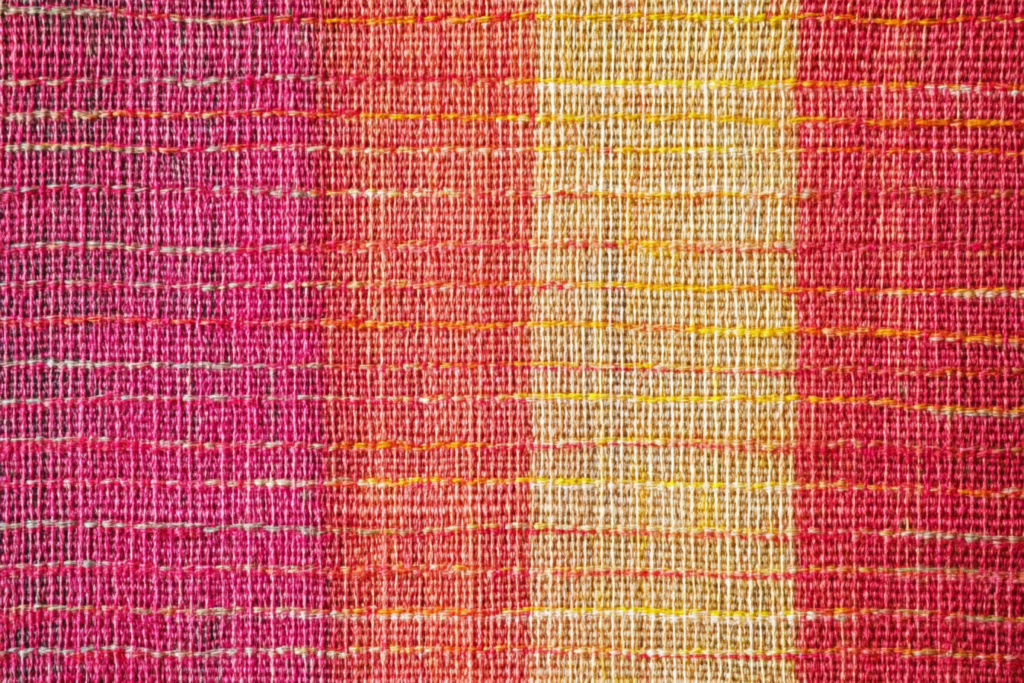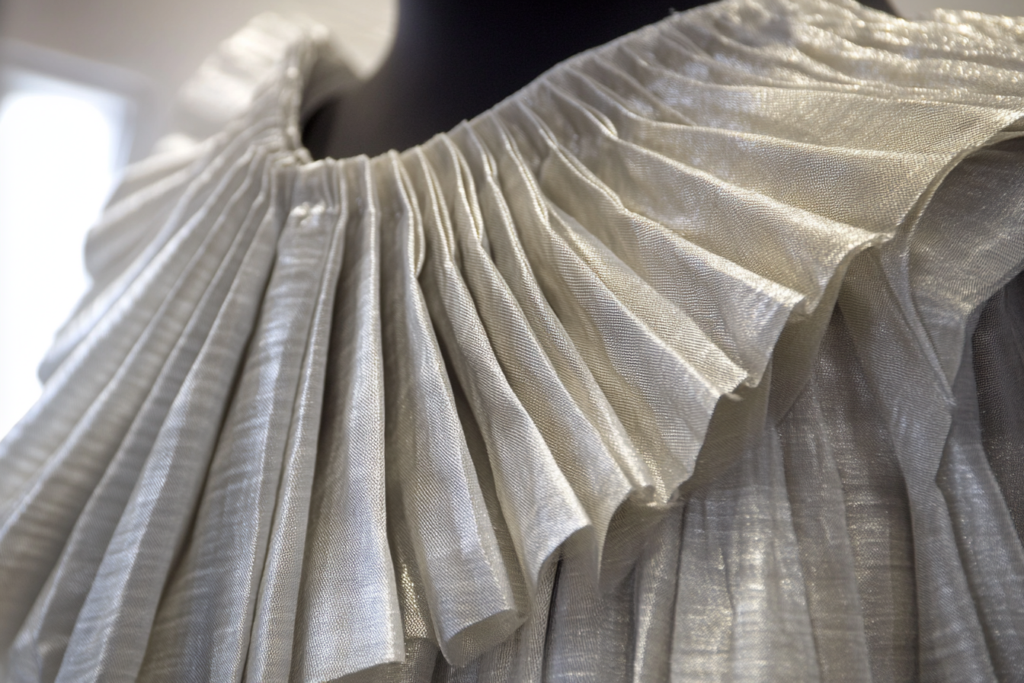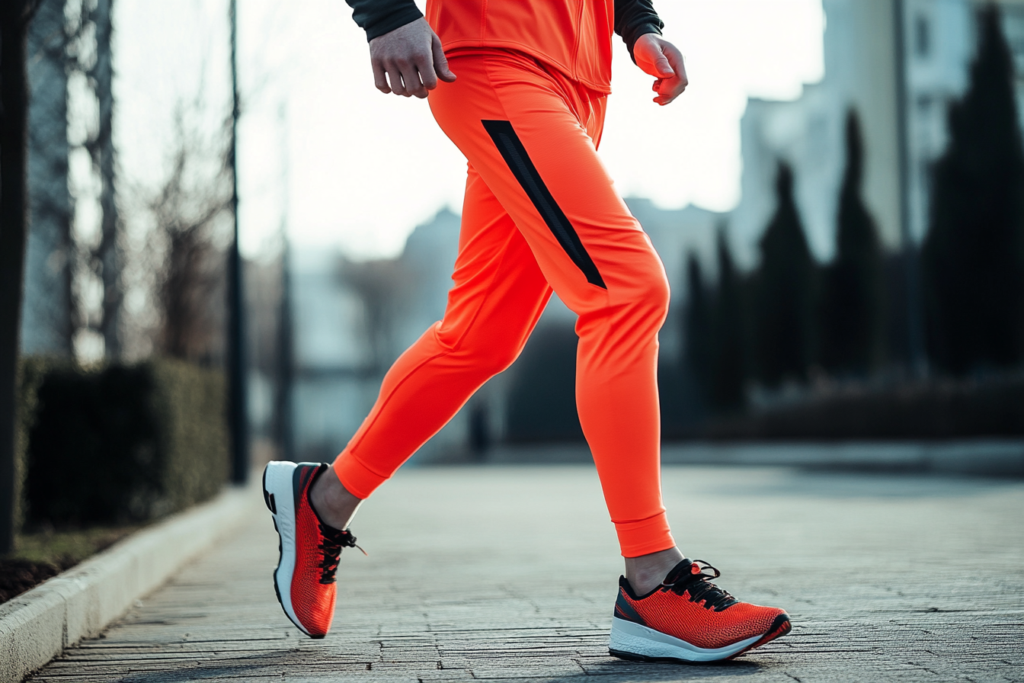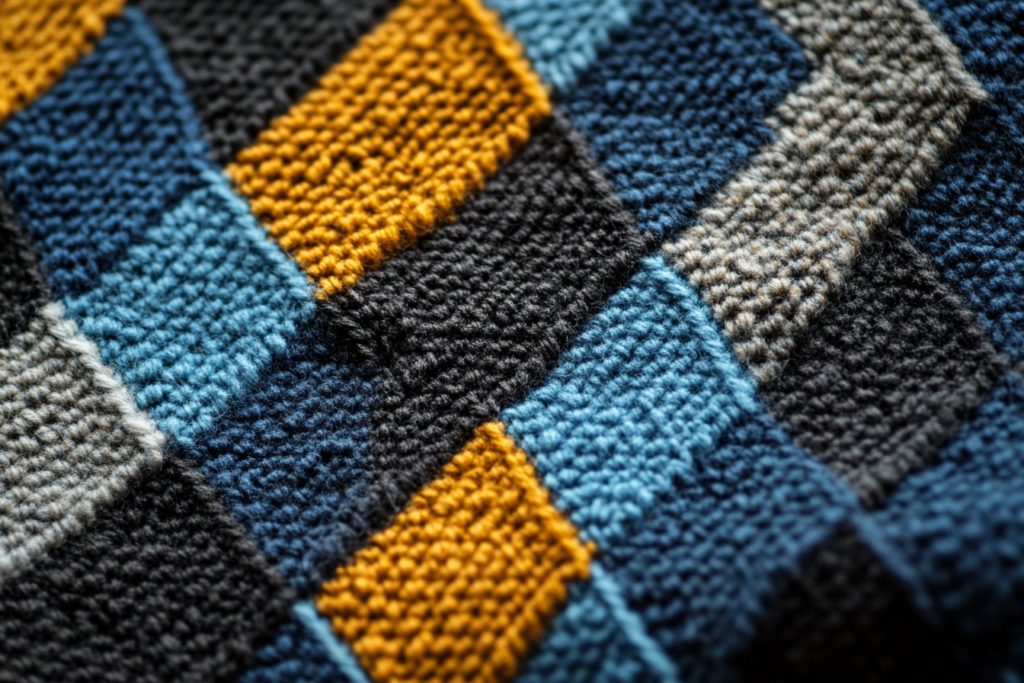Plain Weave: The Fundamental Weaving Structure for Strong & Balanced Fabrics
Meta Description: Plain weave is the simplest weaving structure, where warp and weft yarns intersect evenly to create a strong, balanced fabric. Learn its properties, uses, and benefits in textiles.
What is Plain Weave?
Plain weave is the most basic and widely used weaving structure, where warp and weft yarns intersect in a simple, alternating crisscross pattern. This even distribution creates a strong, balanced, and durable fabric with a smooth surface and minimal elasticity.
Plain weave is found in cotton, linen, silk, polyester, and many other textiles, making it essential for apparel, home furnishings, and industrial fabrics.
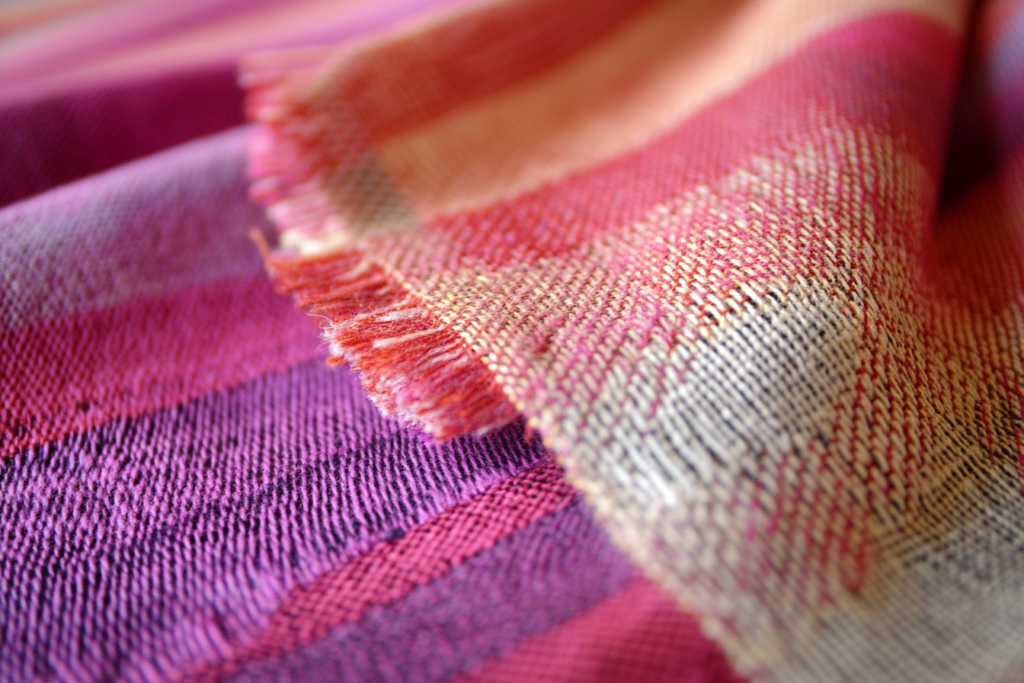
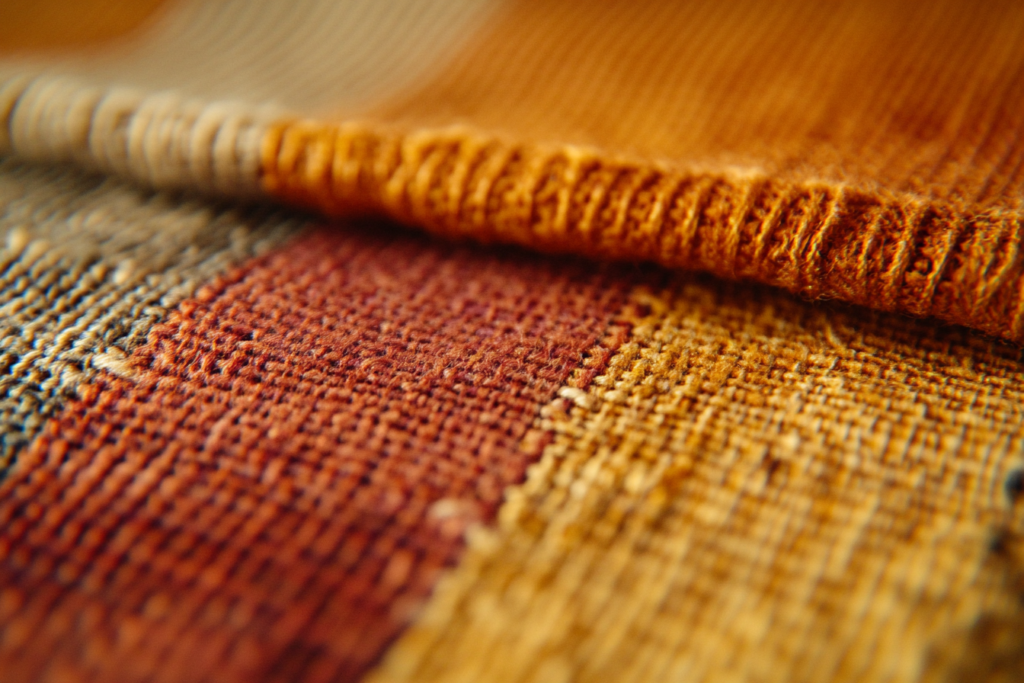
Key Features of Plain Weave
✔ Warp & Weft Are Evenly Aligned – Forms a regular, alternating crisscross pattern.
✔ Strong & Durable – Due to its tight, interlocked structure.
✔ Lightweight to Heavyweight Variations – Can be made from fine or coarse yarns.
✔ Low Stretch & Minimal Wrinkling – Holds its shape better than looser weaves.
✔ Used in Apparel, Upholstery & Industrial Textiles – Found in shirts, curtains, bags, and more.
Where is Plain Weave Used in Fashion & Textiles?
📌 Clothing & Apparel – Common in shirts, skirts, trousers, and dresses.
📌 Home Textiles – Used in curtains, bed linens, tablecloths, and upholstery.
📌 Industrial Fabrics – Found in canvas, tarpaulins, and workwear.
📌 Accessories & Bags – Used in tote bags, hats, and woven belts.
📌 Luxury & High-Fashion Textiles – Found in silk organza, taffeta, and wool suiting fabrics.
Types of Plain Weave Fabrics
1. Cotton Muslin
- Lightweight, breathable, and soft.
- Used for drapery, linings, and test garments.
2. Poplin
- Smooth, tightly woven fabric with a crisp finish.
- Common in shirts, dresses, and summer clothing.
3. Canvas
- Thick, durable, and coarse-textured.
- Used in bags, jackets, and upholstery.
4. Chiffon
- Sheer, lightweight plain weave made from silk or polyester.
- Used in evening dresses and scarves.
5. Organza
- Crisp, transparent plain weave fabric.
- Found in bridal wear and decorative textiles.
💡 Tip: The tightness of the weave and fiber type affect the texture, strength, and drape of plain weave fabrics.
Plain Weave vs. Other Weaving Structures
| Feature | Plain Weave | Twill Weave | Satin Weave |
|---|---|---|---|
| Structure | Simple crisscross of warp & weft | Diagonal rib pattern | Smooth, lustrous surface |
| Durability | High | Moderate to high | Less durable |
| Wrinkle Resistance | Moderate | Better than plain weave | High |
| Common Uses | Shirts, linens, canvas | Denim, chino, suiting | Eveningwear, luxury fabrics |
💡 Tip: Plain weave is the most durable and widely used, while twill is stronger, and satin is more delicate.
Advantages of Plain Weave
✔ Strong & Versatile – Works in lightweight and heavy-duty fabrics.
✔ Easy to Produce & Cost-Effective – Common in mass-market and high-end textiles.
✔ Good for Printing & Dyeing – Provides a smooth, even surface for patterns.
✔ Low Stretch & Good Dimensional Stability – Holds its shape well over time.
✔ Breathable & Comfortable – Ideal for summer wear and casual fabrics.
Conclusion: The Essential Role of Plain Weave in Textiles
Plain weave is the foundation of woven fabric construction, offering strength, simplicity, and versatility. Whether in fashion, home décor, or industrial applications, this weave remains a fundamental choice for durability and functionality.
For those looking for a balanced, easy-to-maintain fabric, plain weave textiles provide the perfect blend of practicality and style.
